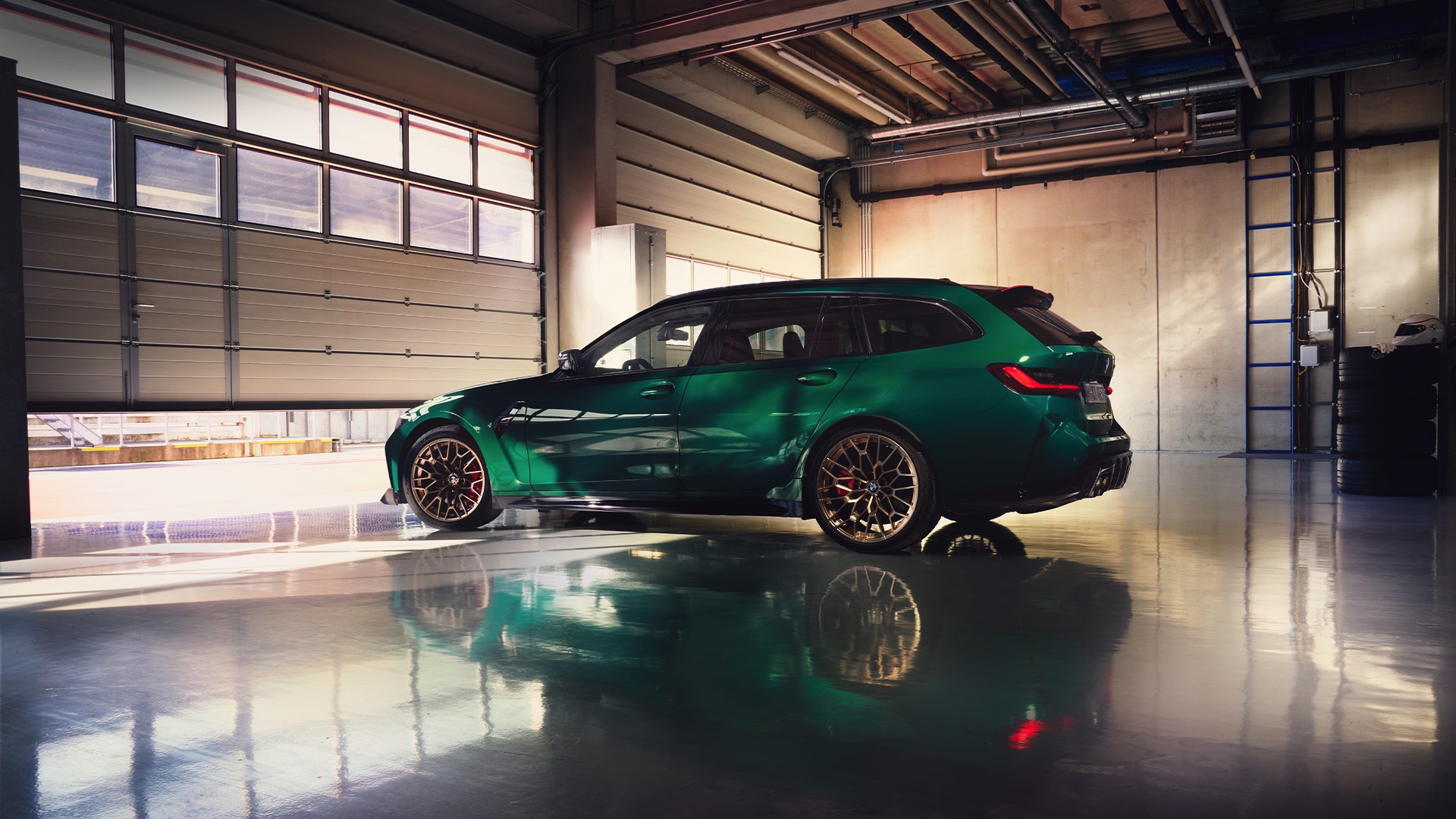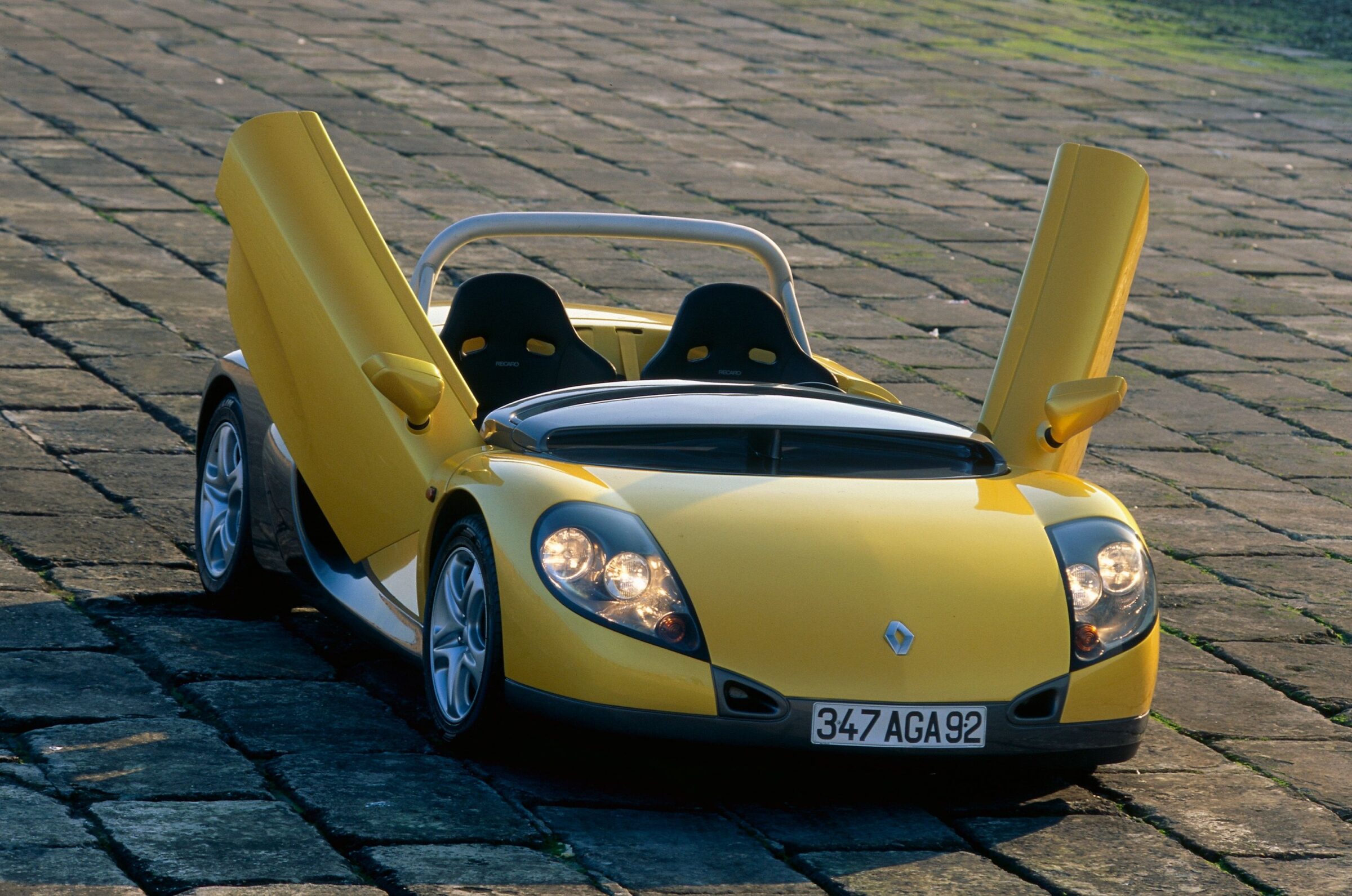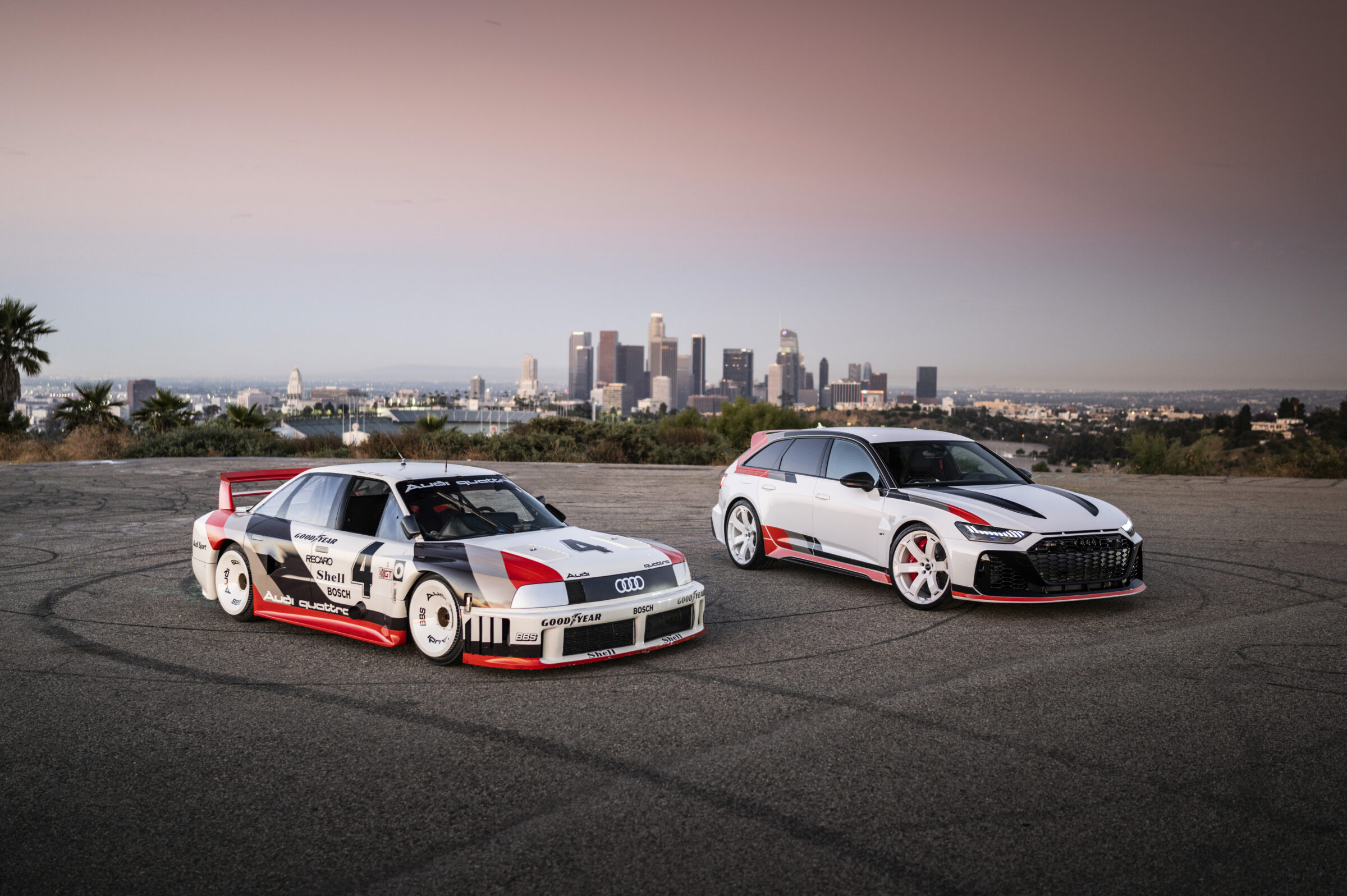30 Years of Bugatti EB110
Recently, Ettore Bugatti, company founder and longtime head of the sports car brand, would have turned 140. On his 110th birthday, Italian entrepreneur Romano Artioli revived the famous manufacturer, which had gone into a long hiatus in the early 1960s. Artioli had already acquired the brand rights in the mid-1980s and announced his plans to build a new supercar shortly afterwards. A completely new automotive plant, the Fabbrica Blu, was built in Campogalliano near Modena. While the various premises were being built, the planned supercar was already undergoing road tests, which took it to the Arctic Circle and the Nürburgring Nordschleife, among other places. Just in time for September 15, 1991, Artioli invited 2,000 guests from the worlds of politics, film, sports and current affairs to Paris. After he had personally presented the brand-new EB110 there, a production-ready example drove along the Champs Élysées boulevard together with an early prototype in a media-savvy manner.
Technological innovations
In this way, Artioli and his team bowed to the innovative and beautiful designs of Ettore Bugatti. The new supercar easily joined the ranks of its ancestors. For the first time in the brand’s history, a V12 engine with five valves per combustion chamber worked behind the passengers. This received four turbochargers and developed 560 hp from 3.5 liters of displacement. A six-speed manual transmission provided the power transfer to the permanent four-wheel drive with visco-look. Bugatti also used a carbon monocoque for the first time to keep weight down and increase torsional rigidity. 18-inch magnesium wheels were used in the wheel arches ex works, behind which a Brembo braking system was concealed. The list of technical innovations may no longer seem exciting from today’s perspective. However, just consider which of these developments were taken for granted in production vehicles 30 years ago.
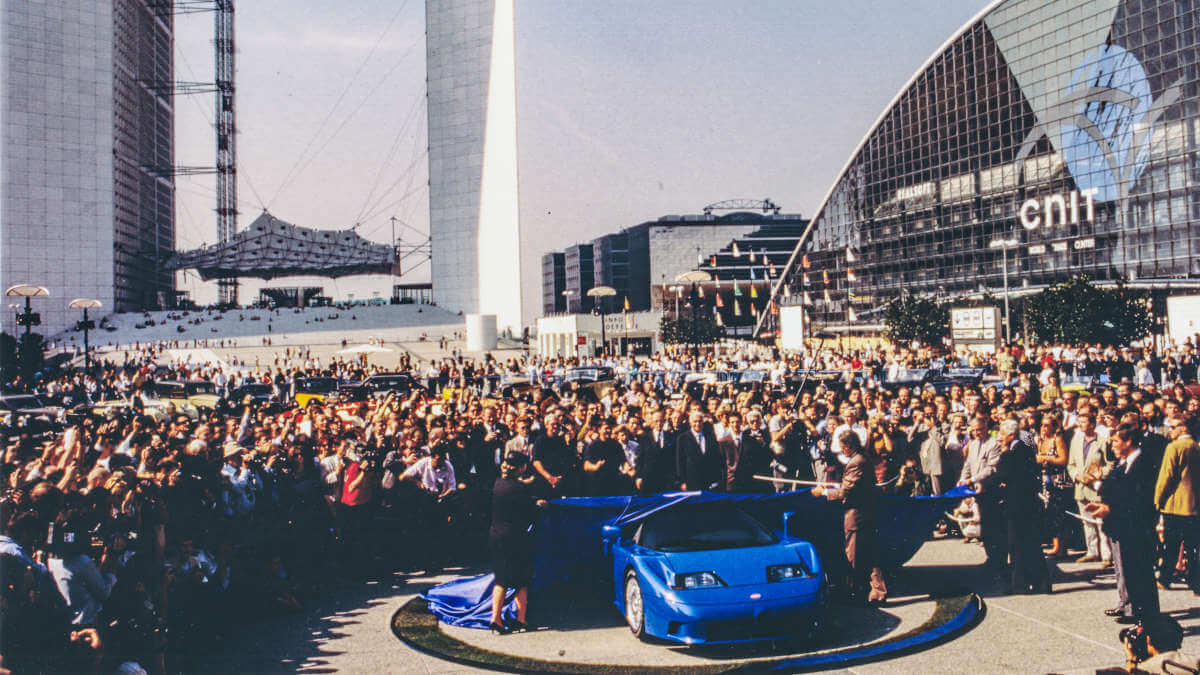

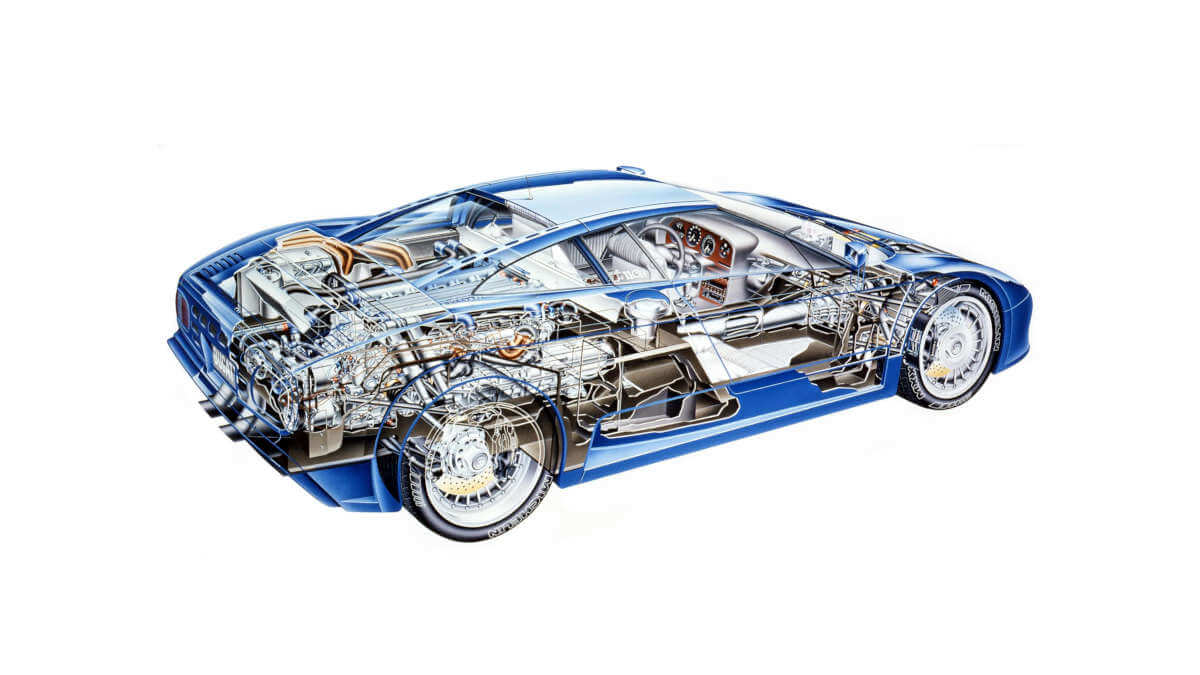

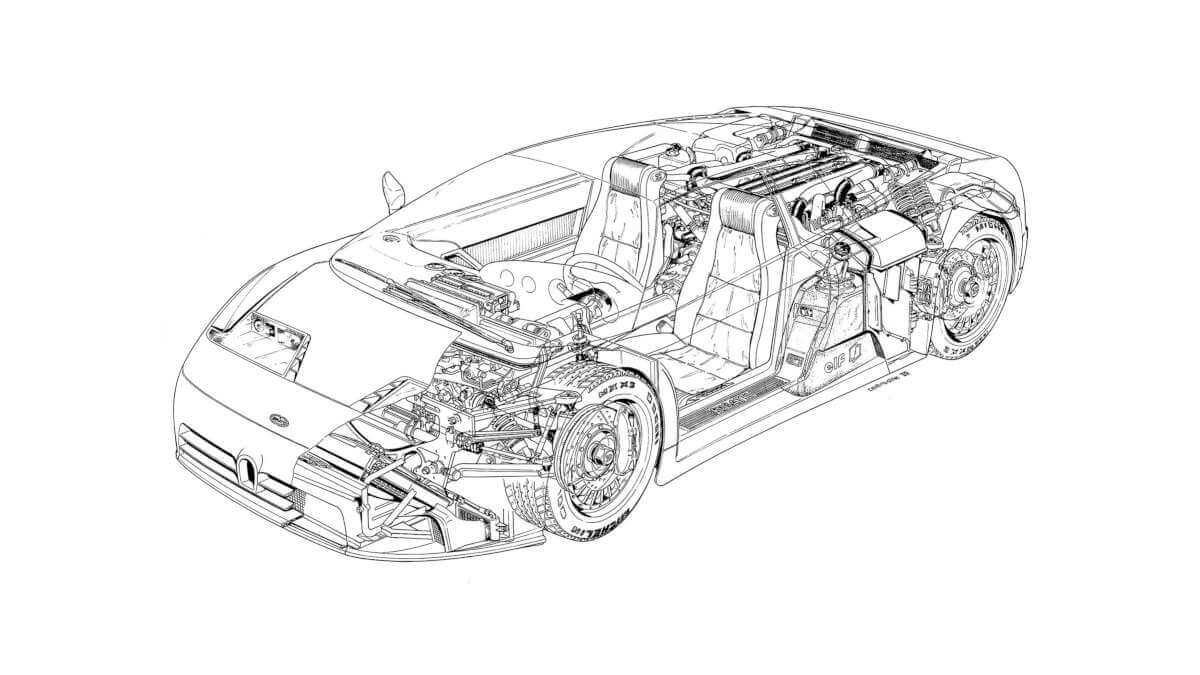



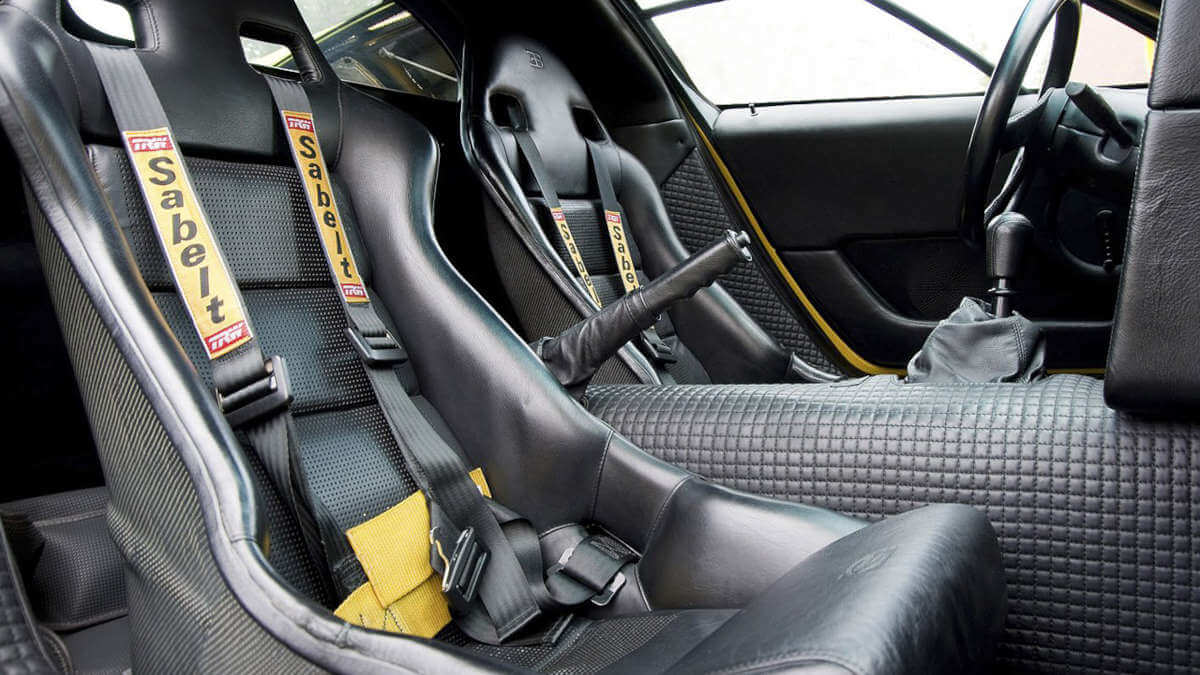









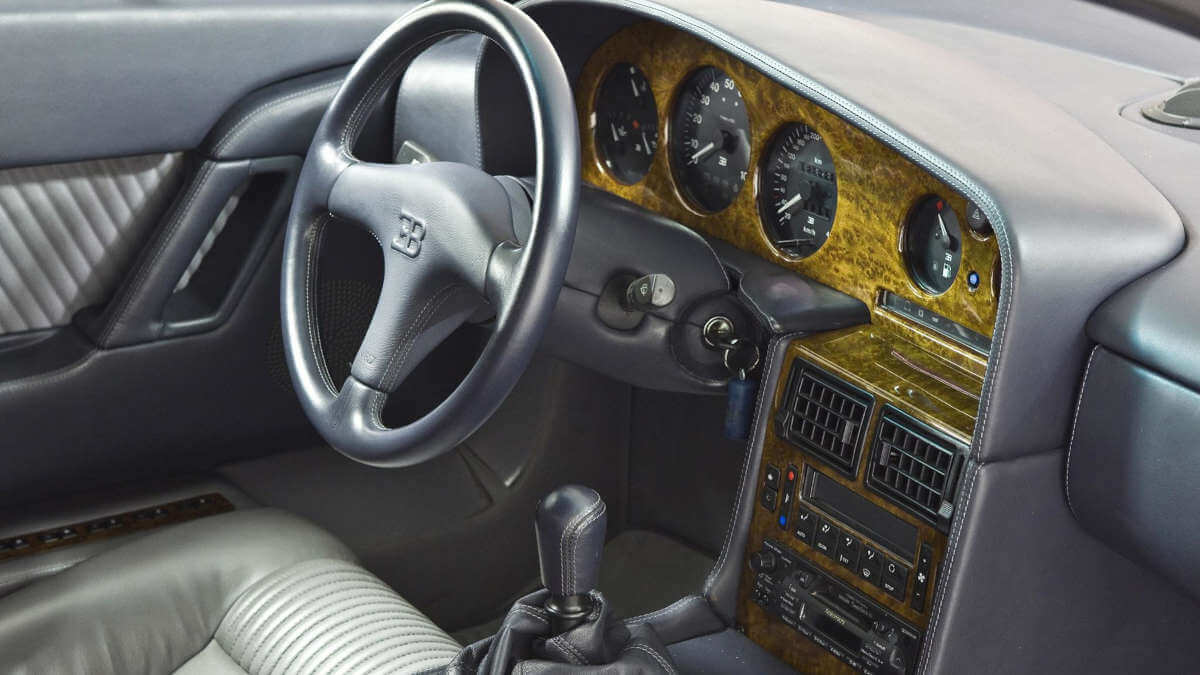



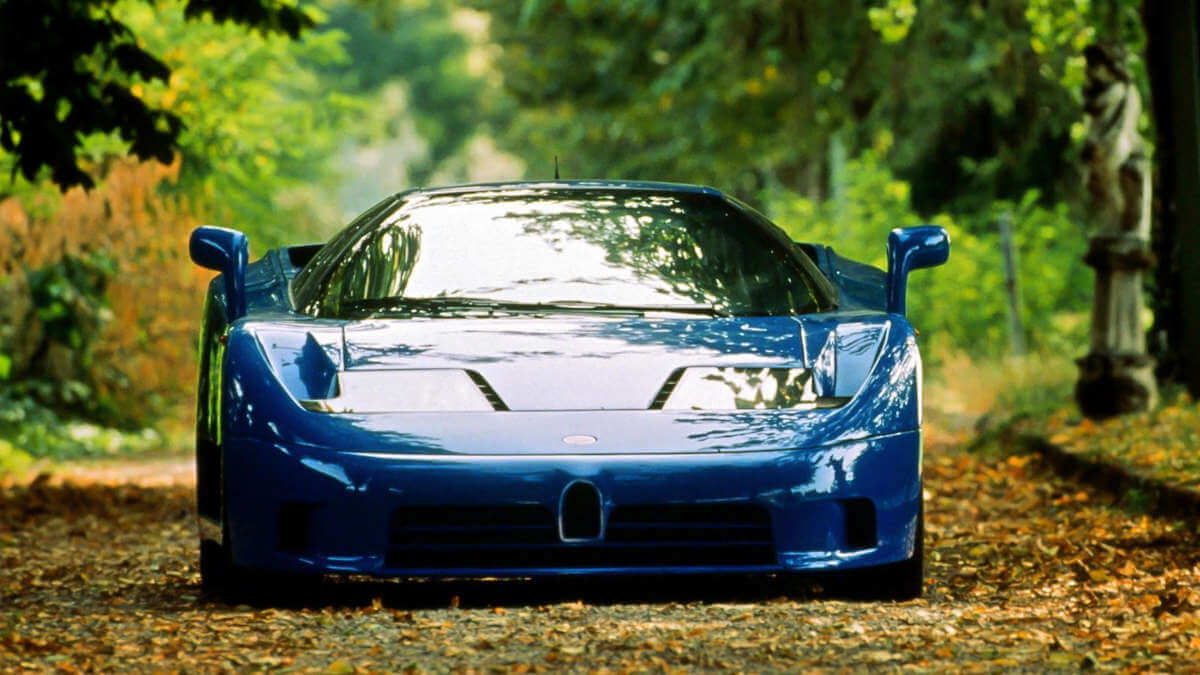

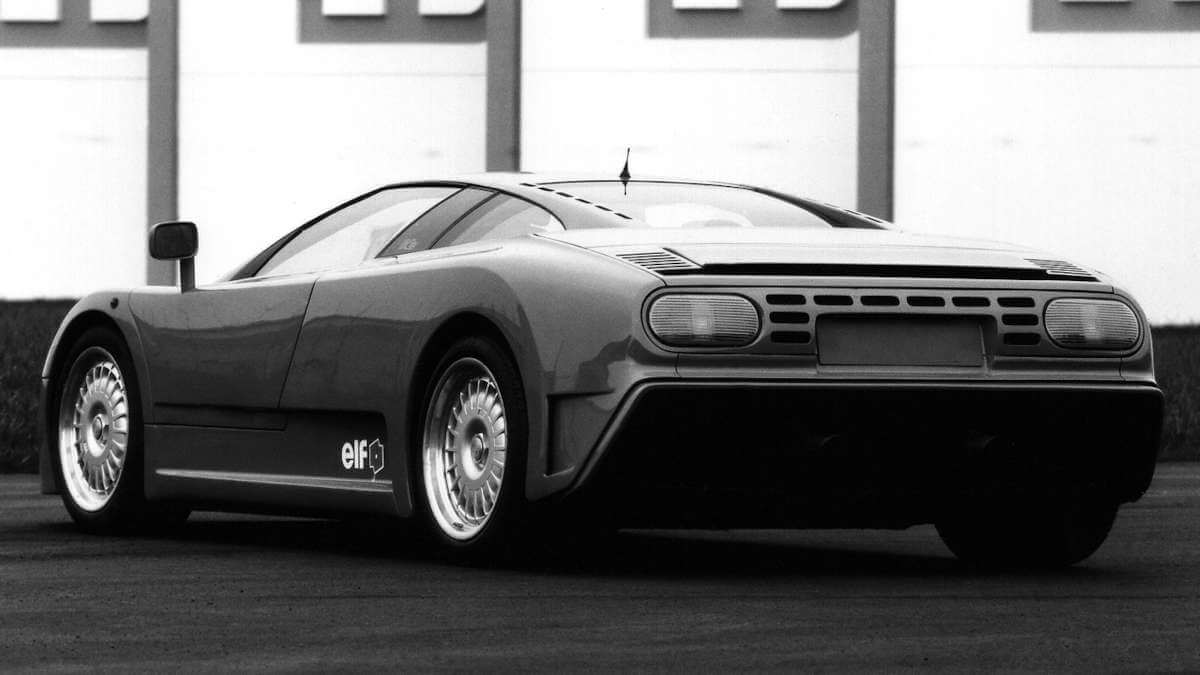





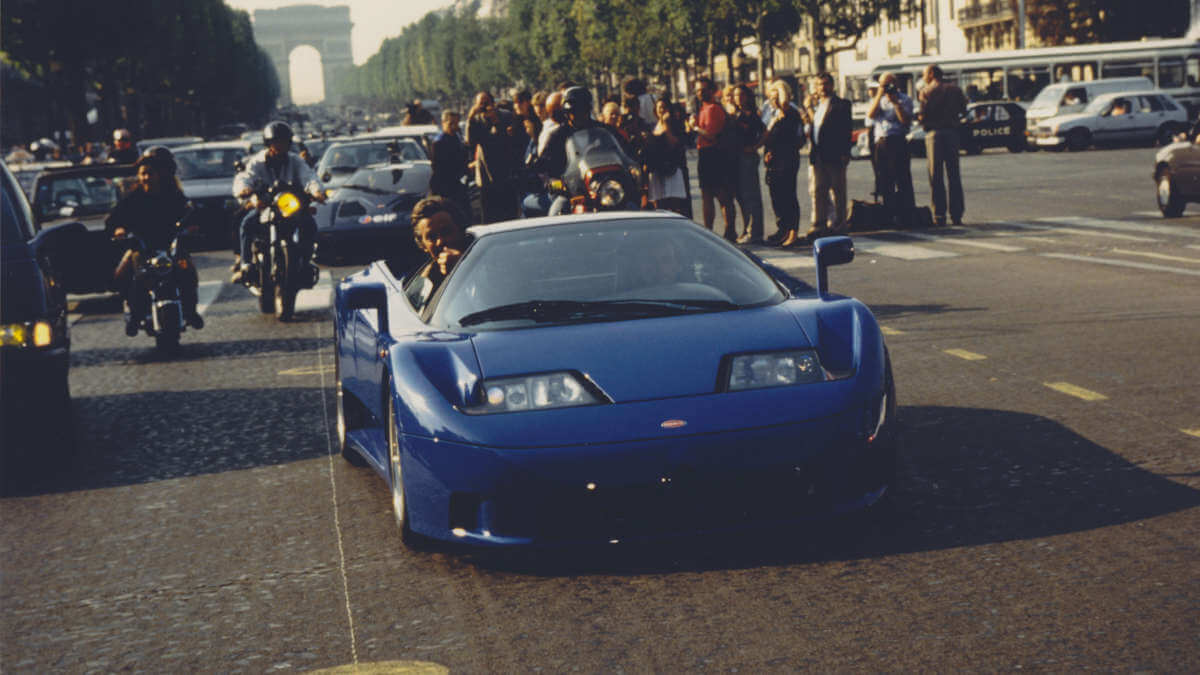

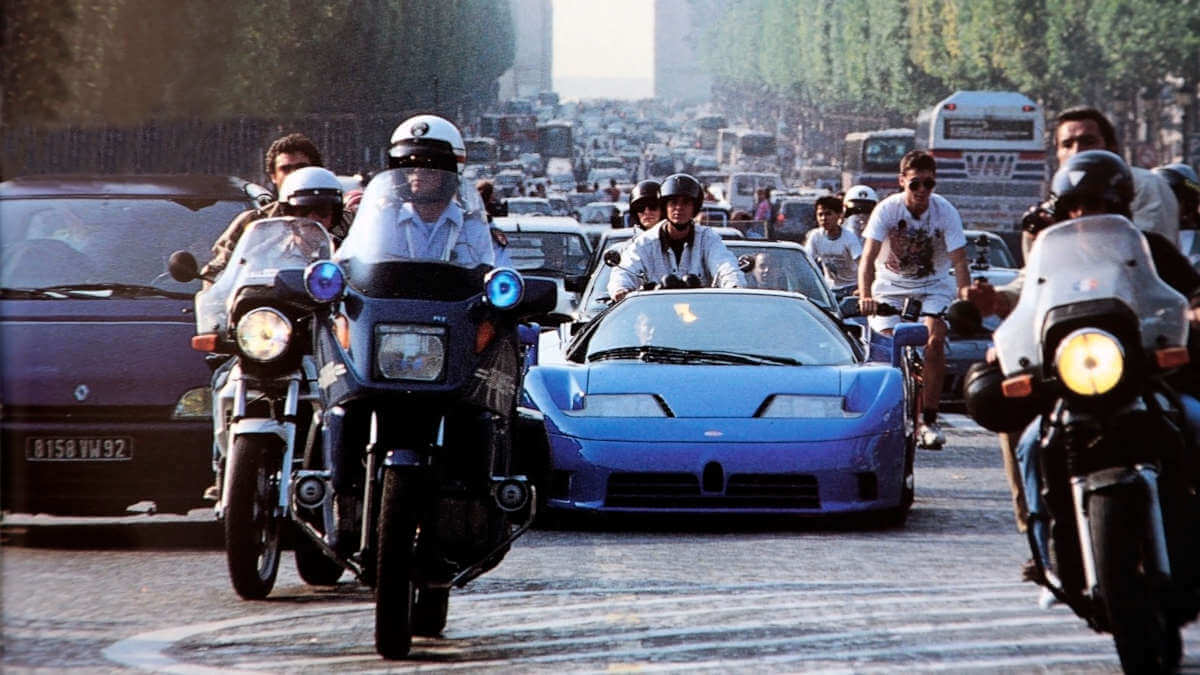

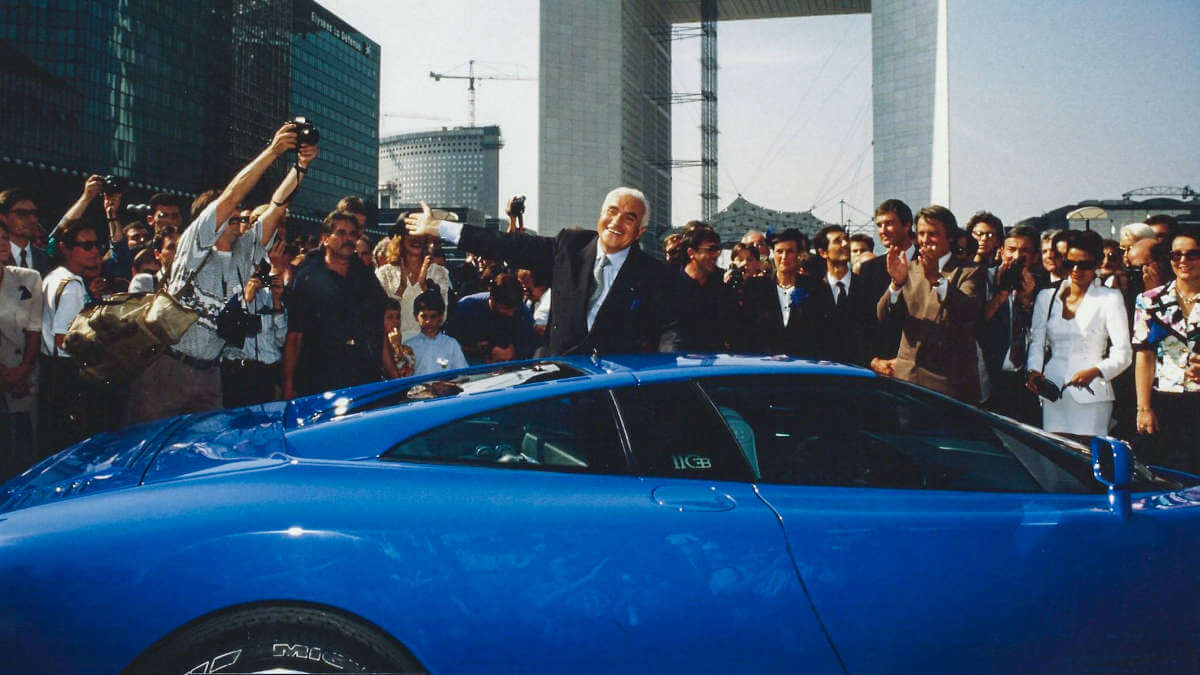

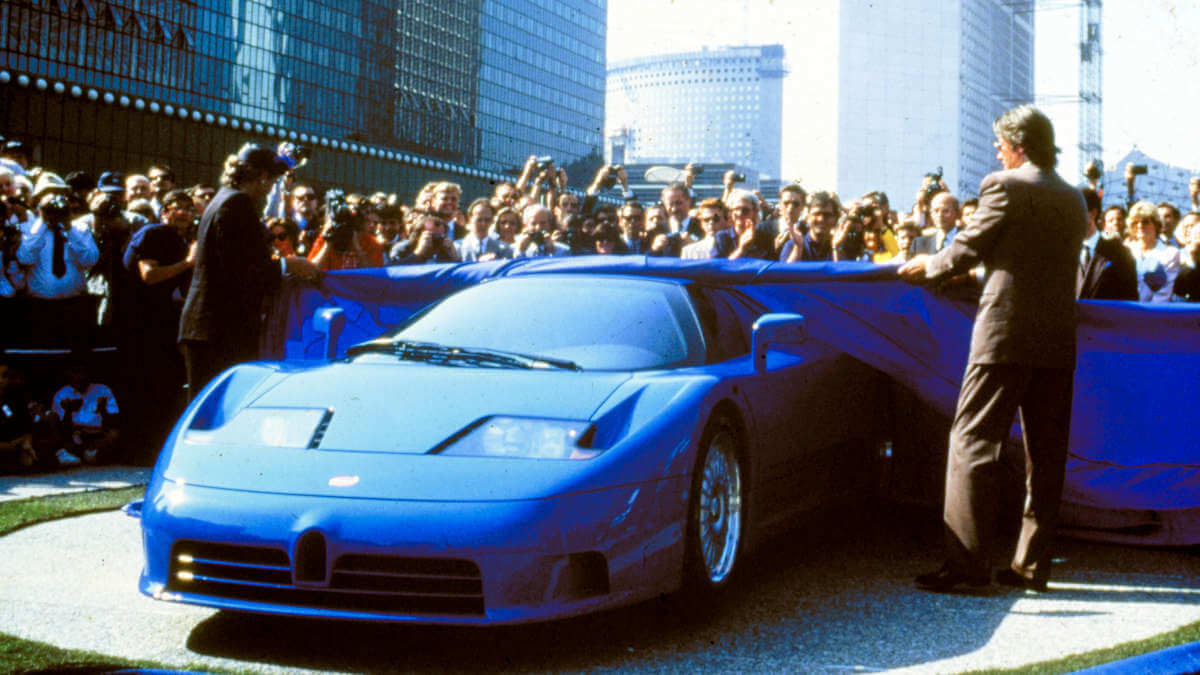

Best driving dynamics
Next to the technological benchmarks, the EB110 also set new driving dynamics records. At the 1992 Geneva Motor Show, a lighter and more powerful version debuted alongside the GT version. In the Super Sport (according to some sources alternatively Sport Stradale), SS for short, the engineers increased the maximum boost pressure of the turbos from 1.05 to 1.2 bar, making 610 hp available. At the same time, the vehicle weight was reduced by 150 kilograms. Thus equipped, it sprinted from a standstill to 62 mph in just 3.26 seconds and reached up to 218 mph. The EB110 thus held the top position until the record-breaking McLaren F1 in 1998. In September 1994, an EB110 converted to run on natural gas reached 213 mph at Ehra-Lessien, which was a new world record for this fuel. On ice, 184 mph was achieved – another record. In the same year, an example also took part in the 24h of Le Mans, but didn’t finish the race. Other racing events, including Daytona, were also unsuccessful.
There were around 144 units in total
Anyone who now believes that the Bugatti EB110 is a pure technology carrier and was aimed exclusively at customers who expect the most unfiltered driving dynamics possible from a sports car is seriously mistaken. Both the GT and the SS came from the factory with a wide range of comfort features. Air conditioning, a high-quality sound system and power steering were standard, as were power seats (GT) with Poltrona Frau leather upholstery and central locking. On the GT, trim in precious wood could be ordered as an option. The doors opened forward and upward to make entry and exit as easy as possible. For a variety of reasons, Bugatti ran into financial difficulties from 1995 onwards and finally had to cease production. In total, only around 134 vehicles were produced at the Fabbrica Blu. Former German racing driver Jochen Dauer bought up the remaining chassis and built around ten more units of the EB110 SS. In the last ten years, the prices of the cars increased significantly.
Images: Bugatti, Archive Secret Classics


